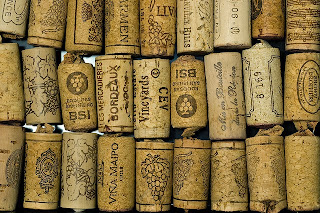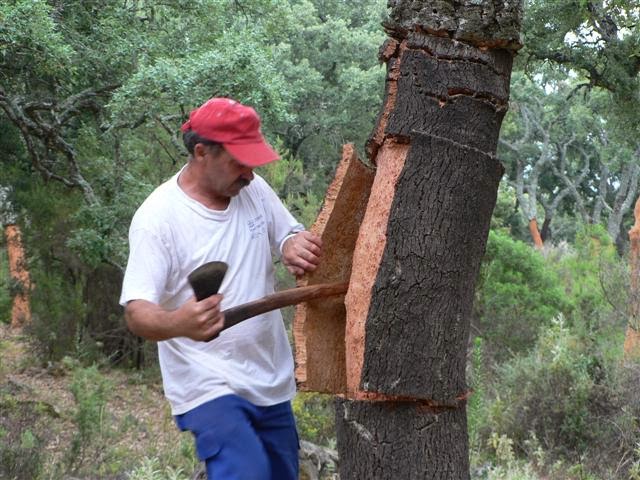Hold on to your engagement rings. Diamonds, according to an
industry report, are falling off a supply cliff in 2018. As existing diamond mines are depleted even as worldwide demand increases—thanks, especially to a newly rich Asia—
three months' salary might soon buy you a much punier rock.
But look at the big picture: A diamond, after all, is just carbon arranged in a pretty crystal, and carbon is the fourth most abundant element in the universe. May we suggest a few other places to look for diamonds in this universe?
Under the ice in Antarctica
Named after the
South African town Kimberly that inspired a 19th century diamond rush, kimberlite is a type of rock famous for containing diamonds. It initially forms deep in the earth, where the high heat and extraordinary pressure are also perfect for forming diamonds. Geologists recently reported
vast kimberlite deposits in Antarctica's Prince Charles Mountains. They haven't dug up any diamonds yet, but it's very likely the gems are there, given the kimberlite.
Aside from ice over two miles thick and freezing temperatures, though, the prospective Antarctica diamonds are also protected by 1991 accord that prohibits mining on the continent. On second thought, maybe just head to the warmer temperatures of Siberia, instead.
In an once-secret crater in Siberia
Last year, the Russians
revealed the existence of a 35-million-year-old, 62-mile wide crater full of diamonds in eastern Siberia. The crash that carved out the the crater, known as the Popigai Astroblem, had also released enough energy to turn some of the graphite into superhard diamonds. Because these "impact diamonds" were formed by a different process than most, Popigai's diamonds are especially superhard and most suitable for industrial uses. According to the director of the Novosibirsk Institute of Geology and Mineralogy, the deposit of superhard diamonds is bigger than all of the world's known reserves
by a factor of ten. Now they just have to mine them.
The massive diamond field was first discovered in the 1970s, apparently, but the Soviets kept it secret because they were already busy with Mirny, the
largest diamond mine in the world.
On Saturn and Jupiter, where it could be raining diamonds
It's a matter of chemistry. Lightning tears apart methane molecules, releasing carbon as soot. As the soot floats down, heat and pressure in the atmosphere increases, compressing the soot first into graphite and then into diamonds. When those diamonds finally reach the planets' core, it's so hot they melt. The whole process probably takes a thousand years. Any place where diamonds are actively forming and melting is really no place for carbon-based lifeforms like us. But what a sight to imagine.Diamonds in the sky? How about diamonds raining down from alien atmospheres. According to calculations by two planetary scientists, the volatile high-pressure skies of Jupiter and Saturn are just right for creating
diamond rain.
On a planet made of solid diamond
First, astronomers discovered a planet with
land masses made of diamond; then they found an
entire planet made of diamond. The Jupiter-sized planet is mostly carbon and so dense—denser than any other known planet—that scientists think the carbon must have become diamond. It's 20 times as dense as Jupiter. It is, however, 4,ooo light years away.
In a lab
Okay, we're coming back down to earth for this one. While the phrase
diamonds are a girl's best friend is an example of stunningly successful mass marketing bullshit, the gem does have special properties that make it especially useful for cutting and as an electrical insulator.
90% of industrial-grade diamonds are actually synthetic. Synthetic diamonds are easier to get in large quantities, and their properties can be tailored to a specific use.
When it comes to jewelry, the human eye can't tell the difference between mined and synthetic diamonds, either. Of course, this greatly concerns the diamond industry, and De Beers has developed machines to
distinguish between the two. While synthetic diamonds have been around for decades, only
2% of them end up in jewelry.
A lab, I suppose, doesn't sound too romantic. Then again, neither does a mine. As long as it's economically viable—as long as we keep suffering from the delusion that carbon crystals representing love must be unearthed from the ground—we'll deep digging massive holes in the earth.
But perhaps specially grown and utterly unique synthetic diamonds, custom-made for your loved one in a lab specifically designed for the purpose, could take on their own meaning. You can even turn
ashes from cremation into a synthetic diamond. The carbon cycle is not without its own poetry.









